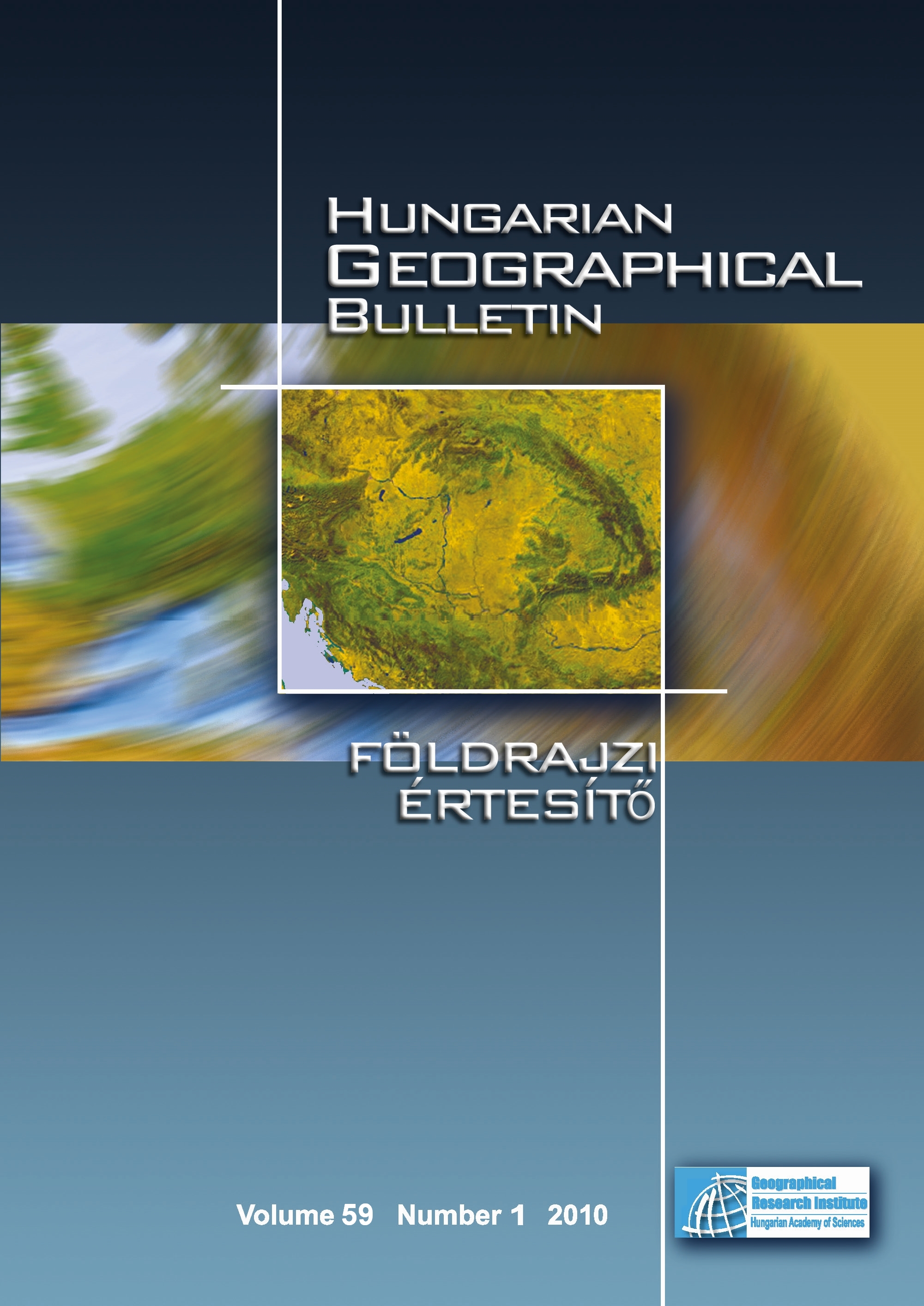The hot spring deposits near Magyarkút and their paleobotanical analysis (Börzsöny Mountains, Hungary)
Abstract
The clarification of the location and origin of the siliceous-calcareous deposits north of Magyarkút can lead to noteworthy conclusions in connection with the geological evolution in the environment of the Szokolya Basin.
Utilizing the already available bibliography, this research separated the discussed deposits from the other types of sediments detectable in their environment. The presence of the siliceous-calcareous deposits on the south-eastern edge of the Börzsöny, near the settlement of Magyarkút was already partly known. Nevertheless, the lately found terrestrial plant fossils provided novel knowledge.
According to the researches based on geomorphological and paleobotanical methods, the study assumes that a hot spring activity of postvolcanic origin took place in a time interval during the Middle to Late Miocene, in a subtropical environment. Besides the already known calcareous spring deposits embedded into the diatomaceous environment, in the side of the Szalamandrás Hill rocks of presumably terrestrial origin were also recognised and described based on the flora present in them. Completing the former knowledge, the study can claim, that among the hot spring deposits of Magyarkút, the terrestrial deposits of Szalamandrás Hill can definitely be separated from the rock complex of limnic origin – the latter being similar to the spring deposits of the Szokolya Basin. The flora remnants prove or specify the chronological results of earlier researches regarding the Middle to Late Miocene age of the deposits.
Copyright (c) 2010 Lilla Hably, Ferenc Schweitzer, József Szeberényi

This work is licensed under a Creative Commons Attribution-NonCommercial-NoDerivatives 4.0 International License.






